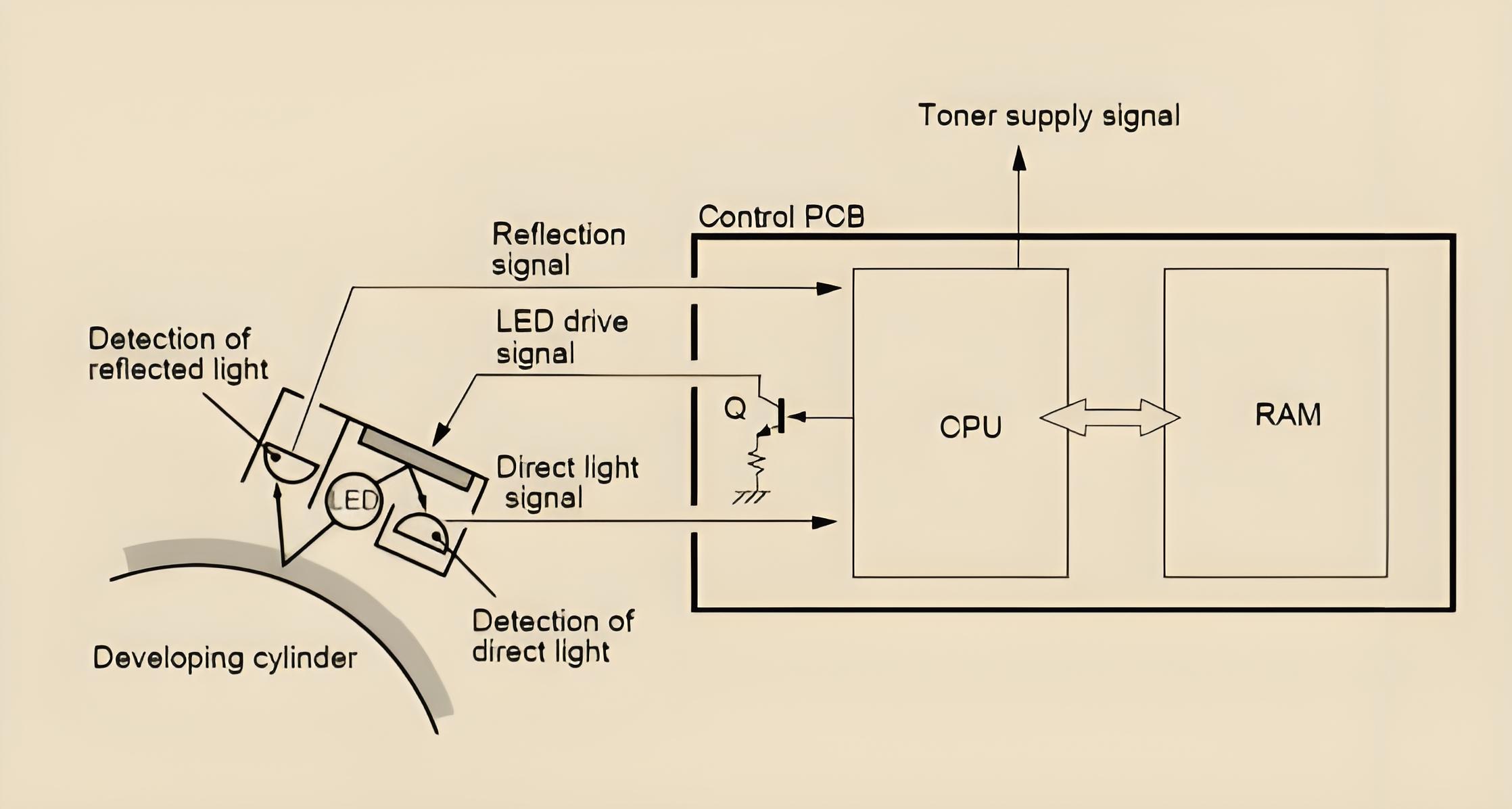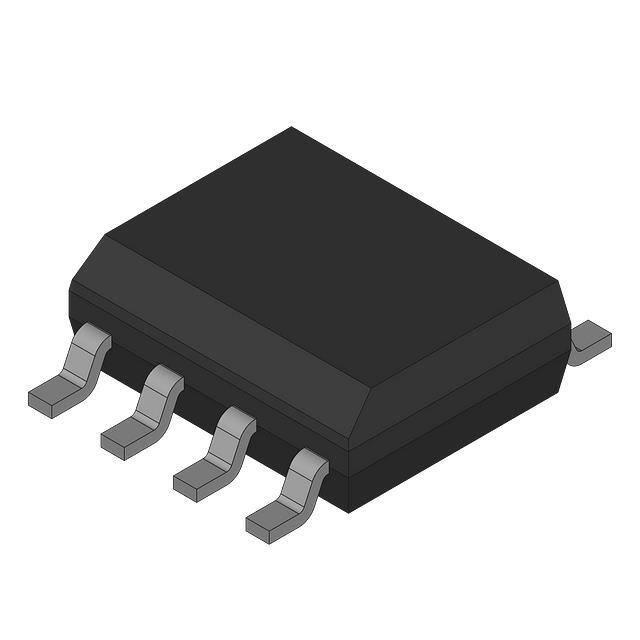Application and development of ambient light sensor technology
Application and development of ambient light sensors
Ambient light sensor (ALS) is a device that can detect the intensity of ambient light. It is widely used in various electronic devices, such as smartphones, tablets, laptops, TVs and cars. Its main function is to sense the light intensity of the surrounding environment, so as to adjust the display brightness of the device to provide a better user experience and save energy.
Principle and working method
Ambient light sensors usually use components such as photodiodes, phototransistors or photoconductors to detect the intensity of external light, convert light signals into electrical signals, and then process them through subsequent circuits. Modern ambient light sensors can not only detect visible light, but also sense infrared and ultraviolet rays, thus providing more comprehensive ambient light information.
The working methods of these sensors can be divided into two categories: analog and digital. Analog sensors output analog voltage signals proportional to light intensity, while digital sensors convert light intensity into digital signals through internal analog-to-digital converters and transmit them to the main control chip through communication interfaces such as I2C and SPI.
Main application areas
1.Smartphones and tablets: In these devices, ambient light sensors are mainly used to automatically adjust screen brightness. When the ambient light is strong, the sensor detects this change and instructs the device to increase the screen brightness to ensure that the user can still see the screen content clearly under strong light; when the light is weak, the screen brightness is automatically reduced to reduce eye fatigue and save battery power.
2.Laptops and desktop computers: Similar to smartphones, ambient light sensors are mainly used to adjust screen brightness in these devices. In addition, some high-end notebooks will adjust the brightness of the keyboard backlight based on the data of the ambient light sensor to improve the user's input experience.
3.TVs and monitors: In TVs and monitors, ambient light sensors can not only adjust the screen brightness, but also adjust the color temperature of the screen according to changes in ambient light, thereby providing a more natural and comfortable viewing experience.
4.Cars: In modern cars, ambient light sensors are used to automatically control the brightness of the dashboard and display screen in the car to adapt to different driving environments. In addition, some high-end models will also use the information of ambient light sensors to automatically adjust the brightness of the interior lighting and headlights.
There are many types of ambient light sensors, which are mainly classified according to their working principles and application areas. The following are some common types of ambient light sensors and their characteristics:
1. Photodiode type sensor
The photodiode type sensor is the most common type of ambient light sensor, which uses a photodiode to convert light signals into electrical signals. This type of sensor has the advantages of fast response speed, high sensitivity, and low power consumption, and is widely used in devices such as smartphones, laptops, and TVs.
2. Phototransistor type sensor
Phototransistor type sensors use the photoconductivity effect of phototransistors to convert light signals into electrical signals. This type of sensor usually has a higher gain than photodiode type sensors and is suitable for applications that require high-sensitivity detection, such as automatic exposure control of cameras.
3. Photoconductor type sensor
Photoconductor type sensors use the photoconductivity effect of semiconductor materials to sense light intensity by detecting changes in conductivity caused by light. This type of sensor has a wide spectral response range and can detect light signals from ultraviolet to infrared, which is suitable for a variety of applications.
4. Silicon Photomultiplier Sensor
Silicon photomultiplier sensor (SiPM) is a highly sensitive light sensor that uses silicon photomultiplier tubes to convert single photon events into electrical signals. SiPM has extremely high sensitivity and low noise, and is suitable for applications such as photon counting and low light intensity detection, such as biomedical imaging and astronomy.
5. Multispectral Ambient Light Sensor
Multispectral ambient light sensors can simultaneously detect light intensity in multiple spectral ranges, such as visible light, infrared light, and ultraviolet light. Such sensors usually integrate multiple photodetection elements and achieve multispectral detection through filters or optical design, which is suitable for applications that require precise spectral analysis.
6. Digital Ambient Light Sensor
Digital ambient light sensors integrate analog-to-digital converters (ADCs), can directly output digital signals, and communicate with the main control chip through interfaces such as I2C and SPI. Such sensors have the advantages of easy integration and strong anti-interference ability, and are widely used in various portable electronic devices.
7. RGB Ambient Light Sensor
RGB ambient light sensors can detect the intensity of red light, green light, and blue light respectively, and evaluate the color temperature and light intensity of ambient light by analyzing these data. This type of sensor is often used for color calibration and automatic white balance adjustment, such as in digital cameras and smartphone cameras.
8. Photodiode array sensors
Photodiode array sensors detect light intensity and direction through an array of multiple photodiodes. This type of sensor can provide more detailed light environment information, such as light source position and light distribution, and is suitable for high-precision optical measurement and imaging applications.
Application Examples
AMS TSL2591: A highly sensitive digital ambient light sensor with a wide dynamic range, suitable for light intensity detection from dark to bright environments.
Broadcom APDS-9306: A small size, low power digital ambient light sensor with adjustable gain and integrated infrared filter, suitable for portable electronic devices.
Rohm BH1750: An easy-to-use digital ambient light sensor, the output light intensity data can be directly read through the I2C interface, and is widely used in various electronic products.

Working principle of light receiving ATR sensor and color block sensor
Development Trends
With the continuous advancement of technology, the performance of ambient light sensors is also constantly improving. At present, some sensors with high sensitivity and wide dynamic range have appeared on the market, which can still maintain good performance under extremely low light conditions. In addition, the size of sensors is also shrinking to meet the needs of increasingly compact electronic devices.
In the future, ambient light sensors are expected to be more widely used in smart homes, the Internet of Things and other fields. For example, in smart homes, sensors can monitor the lighting conditions of the room in real time and automatically adjust the brightness of lighting equipment to create a more comfortable living environment. In the field of the Internet of Things, ambient light sensors can be linked with other sensors and devices to provide more intelligent and automated services.
In short, as an important sensing element, the application field of ambient light sensors is constantly expanding, and they are playing an increasingly important role in improving the user experience of equipment and energy conservation and emission reduction. With the further development of technology, ambient light sensors will bring us more surprises and conveniences.


